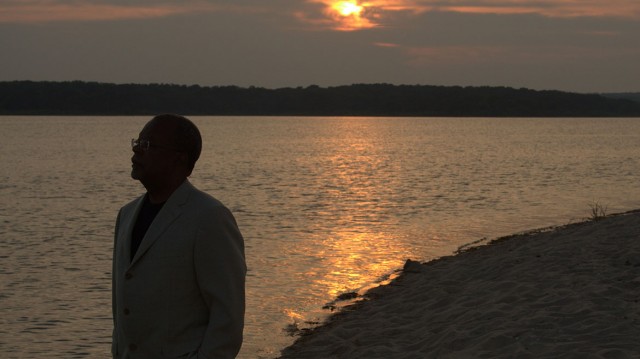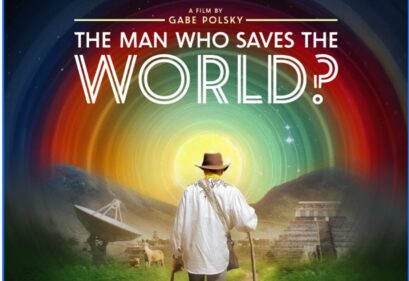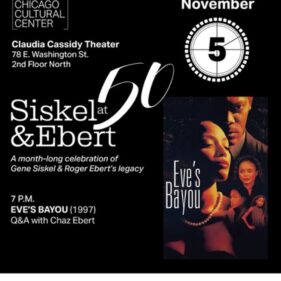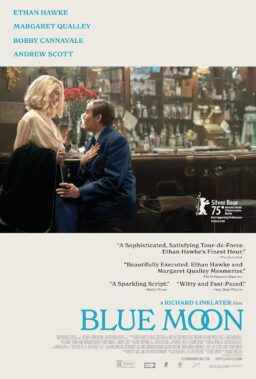The following review was written by Messiah Young, a Chicago high school student, as part of Columbia College Chicago’s Columbia Links journalism program for high school students. RogerEbert.com has partnered with the Chicago Urban League and Columbia Links to mentor these students and to give them a platform for their writing. Read more about the program here.
2.5 stars
With the help of Bank of America, PBS has condensed over 600
years of African-American History into six hours, with the final product being “The
African Americans: Many Rivers to Cross.” This documentary tells the story of
African Americans from the 1600s to present day. The host, Henry Gates Jr.,
takes the audience on an enticing journey highlighting the hardships and high
points of African Americans, focusing on slavery.
The film starts off with a brief history of the first black
people in America. These men were free, and worked alongside the Spanish.
Slavery was introduced later in the 1600s, with historians expressing that the first slaves were brought into Virginia from
Africa.
“Many Rivers to Cross” reveals that before white people came to Africa,
slavery was already popular in Africa. Gates goes to various countries in
Africa and the citizens express that tribes went to war with each other in
order to gain slaves. The people that sold and gathered slaves for the white
Americans were in fact black Africans.
The horrendous 10-week journey from the Atlantic Coast of
Africa to America was known as The Middle Passage. Hundreds of Africans were
separated from not only their families, but their tribes. Africans from all of
over the continent were forced to live with each other for weeks on end. These
Africans were raped by white crew members, and thrown overboard to the sharks.
The First
Africans in America set foot in Jamestown, Virginia. Here, they were sold for
food and money. Slavery became more popular and there was a point where there
were more Africans than people in America. As time progressed, Africans began
to question their freedom. Slaves began to revolt, and wanted their rights and
freedom. Haiti, previously a French country, was taken over by African slaves,
and became the first black-run country in the Western Hemisphere.
The documentary goes on and focuses on the high points of African
Americans, displaying the creative side of the African-American Culture including
food and festivals.
PBS did an outstanding job with finding historians that
could tell the story of African Americans in the most enticing way possible.
The timeline that the film uses really captures the audiences’ attention and
combines a well-balanced mix between fact and story.
“Many Rivers to Cross” is very informative, as historians from all over
the world display their knowledge of African Americans. However, this segment
of the film did not tell the full story of many historical events that took
place in African American history. There are too many unanswered questions. But,
overall, “Many Rivers to Cross” teaches the audience many valuable lessons
about the African American experience and makes the audience appreciate culture
and history.











